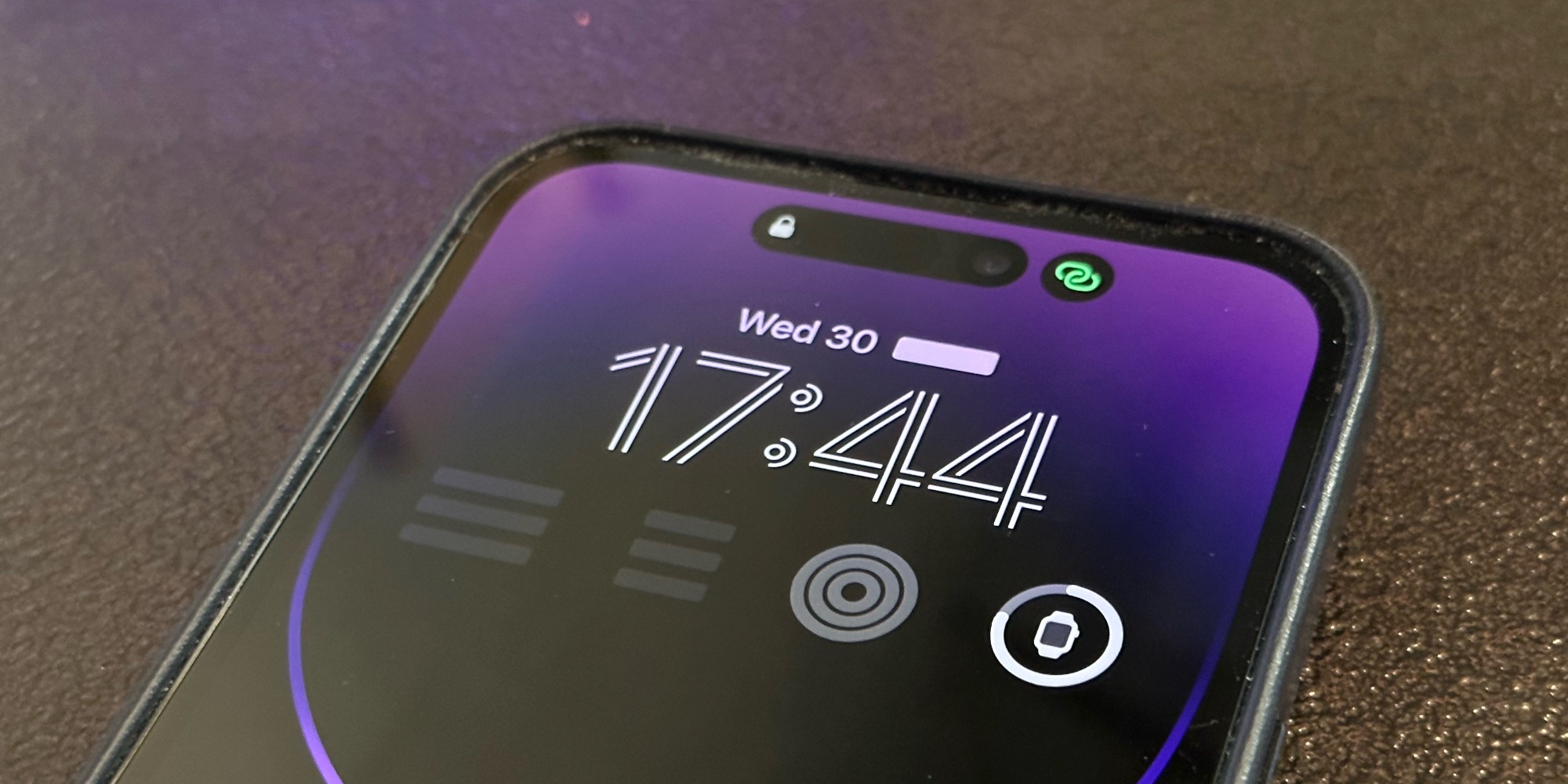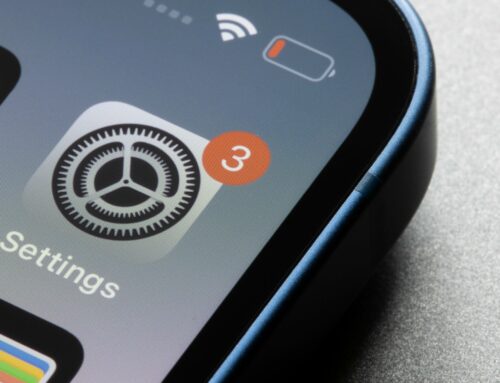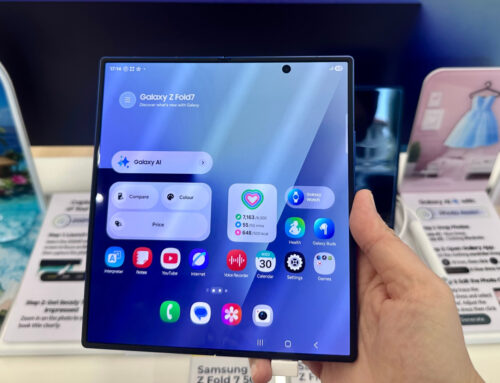This year’s iPhone and Android software updates might seem boring because we’ve reached a point where Apple and Google can’t come up with massive redesigns or new features every year. These are mature, feature-packed platforms that offer almost identical experiences. But here’s where the nice-to-have features come into play, especially for those users who already know the ins and outs of iOS and Android.
One such nice-to-have feature would be having the Airplane Mode of my iPhone turn on automatically when flying and disable automatically once I land. I’ll call this “smart” Airplane Mode, a feature that Google is apparently working on for Android and one I’d like Apple to adapt to the iPhone and all of its connected gadgets in the future.
Do we need smarter Airplane Modes?
Turning on Airplane Mode is so easy that you might think the feature doesn’t need to be any smarter. Just invoke Control Center or go to the phone’s Settings app. Any iPhone user who has flown at least once knows how to do it and when to do it.
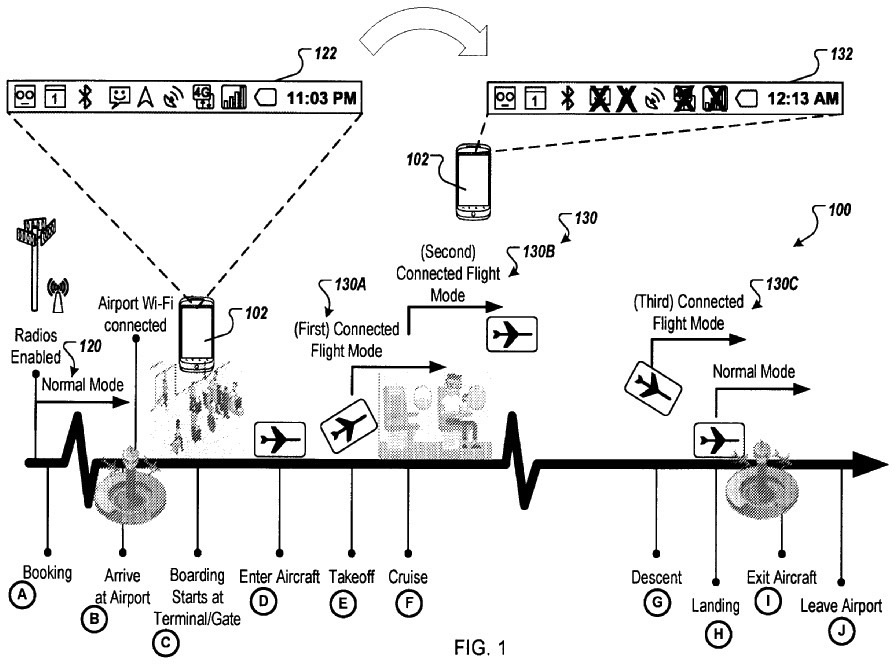
Remember, you can turn on Airplane Mode to block cellular connectivity, but keep Wi-Fi and Bluetooth on. I recommend you do it. These options will let your iPhone connect to in-flight Wi-Fi if offered. Bluetooth allows your iPhone to work with AirPods, other wireless headphones, and keyboards. The same goes for iPad, by the way.
That’s how easy it is to turn on and off Airplane Mode on iPhone. Why do I need it to be any smarter than that? Because I just saw a new patent application from Google. Titled Activating a Connected Flight Mode, the patent was just discovered by leaker xleaks7.
Android’s smart Airplane Mode features
What’s so smart about Google’s new Airplane Mode idea is that the feature won’t just shut on/off the cellular connection automatically during flights.
It’ll also adapt the Wi-Fi experience to meet the capabilities of in-flight networks. Google explains:
For example, if an inflight Wi-Fi connection is available, a computing device may operate as if the inflight Wi-Fi provides the same level of high bandwidth and un-metered use as other, ground-based Wi-Fi networks, and as such may not treat the inflight Wi-Fi differently than other Wi-Fi networks.
Therefore, processes which use a lot of bandwidth, such as photo backups, may still execute while on a flight regardless of actual flight network capacities and qualities, and thus can take up a significant amount of the limited resources of the plane’s internet connectivity. The disclosed technology can automatically switch a connected flight mode on before or during a flight to provide portable computing devices with granular levels of connectivity.
Google will optimize the Wi-Fi experience onboard the aircraft to ensure your phone doesn’t actually perform any heavy lifting in terms of data transfers and backups.
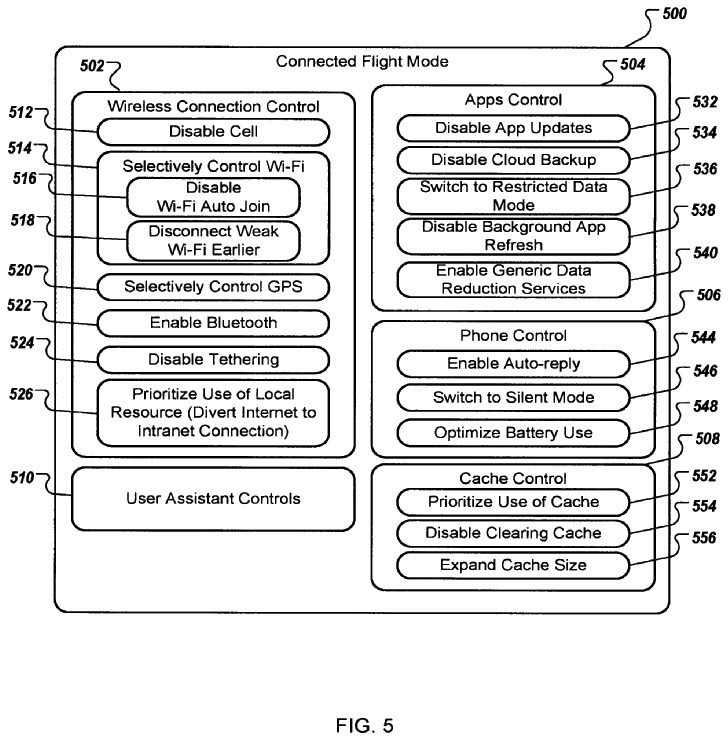
How the phone knows you’re taking off or landing
That’s not the only smart feature of this new Airplane Mode that Google is readying. To trigger automatically, the Android phone will analyze information from various sensors.
The drop in pressure, acceleration/velocity changes, cabin sounds like flight engine and altitude dings, and airplane beacons like ultrasonic signals might inform the handset that the user is flying. Or that they have landed.
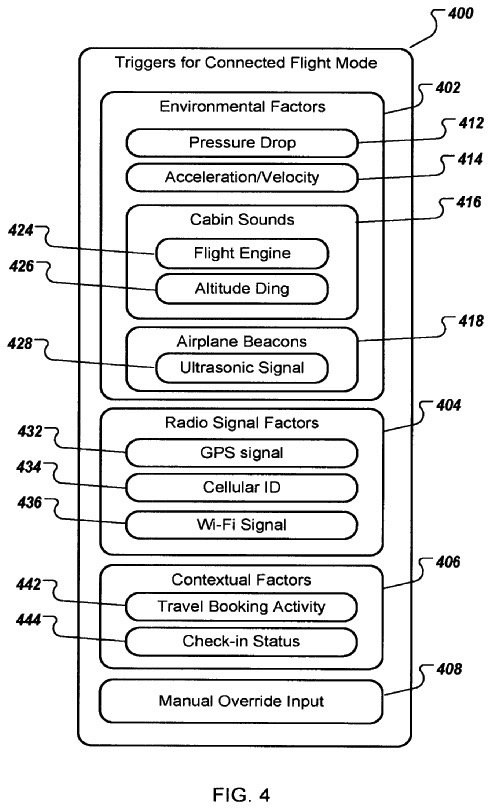
Connectivity options like GPS, Cellular ID, and Wi-Fi signals can also indicate movement. There’s always travel booking activity and check-in status that the phone can look at.
Google will need permission to access all that data, however. That’s how it would know to turn the smart Airplane Mode on and off. Since I trust Apple with my privacy more than Google and am a longtime iPhone user, I’d be more likely to give Apple access to this data.
It’s unclear whether Google will ever roll out the feature to Android users. Or whether Apple will employ similar technology. Also, airlines dropping the Airplane Mode requirement would be even better than actually getting a smart Airplane Mode on iPhone and Android. But the patent above shows that Google is already studying this particular technology for in-flight computer use.

